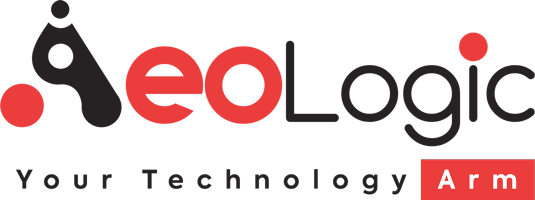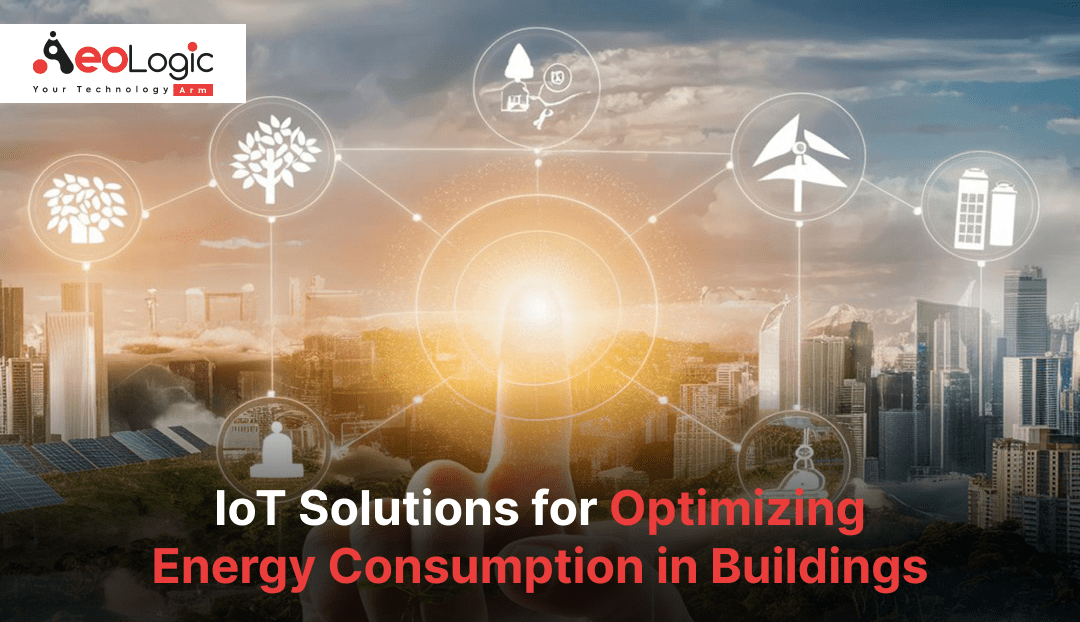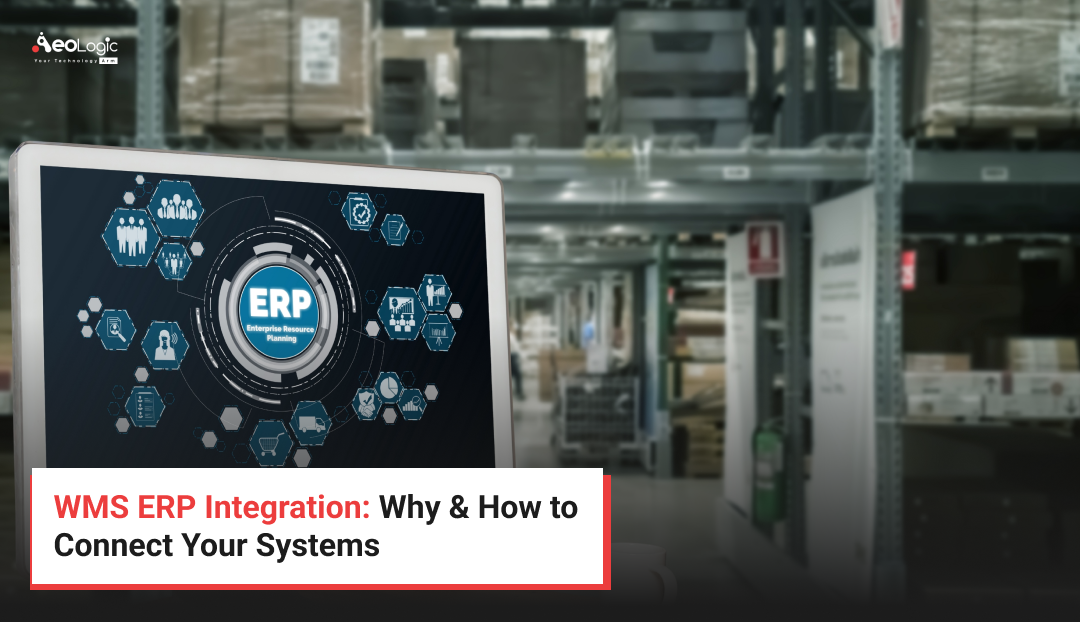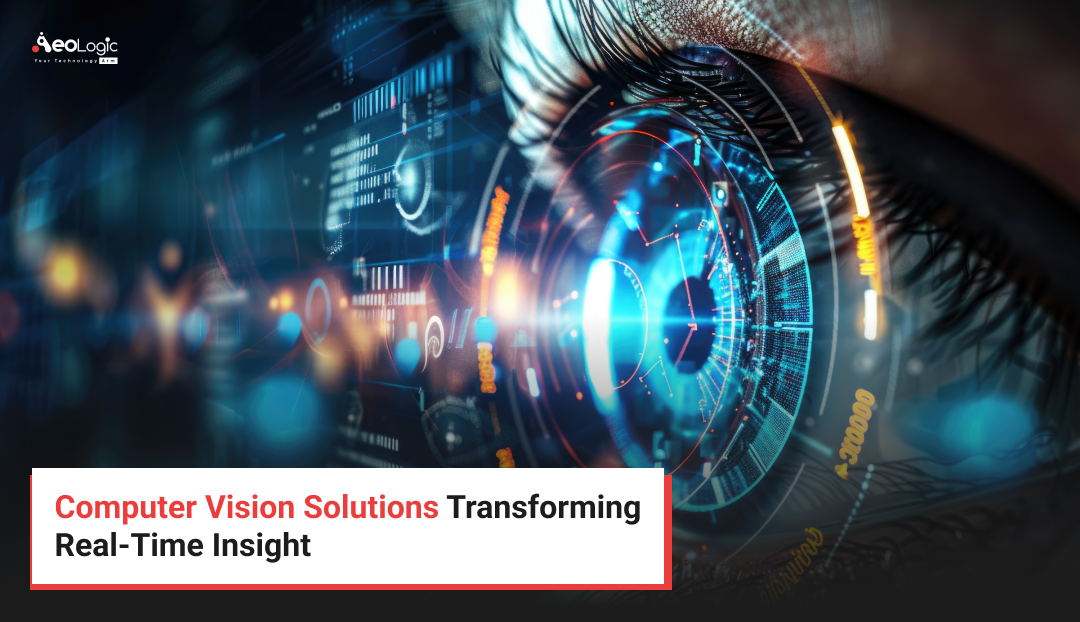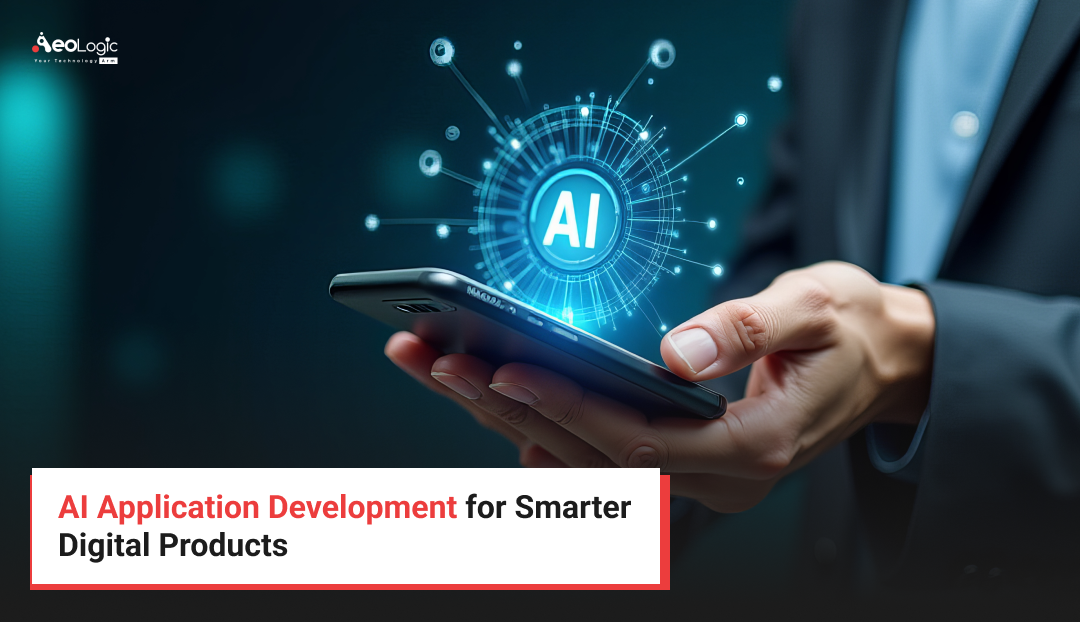In the contemporary landscape, enhancing energy efficiency and fostering sustainability are critical objectives. Commercial buildings are a major contributor to global energy consumption, accounting for about 40% of the world’s electricity usage. As technological advancements continue to evolve, data-driven solutions have become pivotal in refining energy consumption strategies. However, many older structures have yet to integrate these modern solutions, creating substantial barriers to achieving energy efficiency goals.
In this blog, we are going to discuss the IoT solutions for optimizing energy consumption in buildings. The Internet of Things (IoT) presents a transformative opportunity for building owners and operators aiming to improve energy efficiency. Although IoT technology has only gained widespread adoption in the past two decades, its network of interconnected devices, controllers, and systems is revolutionizing building management. This technology underpins building automation and is crucial for developing intelligent, energy-efficient buildings.
Also read: Transforming Energy Management with IoT Solutions
Leveraging IoT Solutions for Optimizing Energy Consumption
One of the foremost benefits of incorporating IoT solutions into commercial buildings is its potential for boosting energy efficiency. The IoT framework consists of sensors, actuators, cloud-based software, and communication protocols, all managed by a central building management system (BMS). This centralized control system enables various building systems to communicate and function harmoniously, optimizing energy usage.
Key Elements of IoT Architecture Include:
– Energy Monitoring and Control Devices: These devices are designed to track and manage energy consumption. They can identify areas with high energy usage, control energy consumption actively, and adjust usage based on factors like occupancy, time of day, or external conditions.
– Location-Based Automatic Controls: These controls enhance energy efficiency in specific rooms or sections of a building by adjusting settings based on occupancy, time-based patterns, weather, or other variables.
– Cloud Computing Platforms: These platforms store data and run software applications, such as analytics tools that process and evaluate energy data.
– Software Applications: These applications implement energy-saving strategies and facilitate communication between various systems, ensuring that different components work together effectively.
Through IoT solutions for optimizing energy consumption is largely driven by automation. Smart sensors gather data that a BMS uses to make real-time adjustments, such as turning off lights in unoccupied rooms, reducing HVAC output during weekends, or closing blinds when sunlight is detected.
Key IoT Devices Enhancing Energy Efficiency
Several IoT devices play a crucial role in improving energy efficiency in buildings:
– Daylight Sensors: These sensors utilize photocells to adjust lighting based on natural light availability. By dimming or turning off lights when sufficient daylight is present, they can achieve energy savings of over 40%. Additionally, they can control blinds to further optimize natural lighting.
– HVAC Controllers: IoT-enabled HVAC controllers can significantly reduce energy consumption. A study by the Pacific Northwest National Laboratory (PNNL) found that such controllers could cut energy use by up to 24%. These systems use data from sensors to regulate climate control settings and, in more advanced models, incorporate machine learning algorithms to make real-time adjustments.
– Lighting Controls: Comprising both sensors and actuators, lighting controls adjust the intensity of lighting based on specific conditions. Research indicates that smart lighting controls can lead to energy savings ranging from 17% to 94%, depending on factors such as occupant behavior and control system types.
– Occupancy Sensors: These sensors automatically manage lighting and HVAC systems based on room occupancy using infrared or ultrasonic technology. They have been shown to generate savings of 3% to 60% in lighting systems and up to 20% in HVAC systems.
– Smart Meters: Essential for effective energy management, smart meters track energy consumption and offer immediate savings of around 10%. With proper use, they can deliver up to 30% in long-term savings. Smart meters also allow for detailed monitoring of energy use by tenants, systems, or individual devices and can help identify maintenance issues affecting energy consumption.
– Smart Thermostats: These devices enable remote temperature control and provide analytics on energy usage. Studies of leading smart thermostat brands have reported average savings of 15% on cooling and 10-12% on heating.
Integrating Connected Technologies for Enhanced Building Intelligence
IoT does not operate in isolation; rather, it integrates with other emerging technologies like Artificial Intelligence (AI), big data, and cloud computing to maximize its benefits.
– Artificial Intelligence (AI): AI automation solutions enhances IoT applications by using machine learning algorithms to detect anomalies in data and predict potential malfunctions. AI also optimizes energy management by analyzing patterns and making adjustments to improve efficiency.
– Big Data and Cloud Computing: The vast amounts of data generated by IoT devices require robust processing capabilities. Cloud computing offers the necessary storage and computing power for real-time analysis. Cloud-based solutions also facilitate remote updates to software and applications, enabling building managers to quickly access the latest optimizations and features without on-site interventions.
By combining IoT with AI and big data, building managers can transform raw data into actionable insights, driving more informed decision-making and operational efficiency. This integration helps create a comprehensive technological approach that enhances overall building performance.
Also read: IoT Solutions for Environmental Monitoring and Sustainability
Conclusion
The integration of IoT into building management presents a significant opportunity for advancing energy efficiency and operational intelligence. By connecting IoT solutions for optimizing energy consumption, devices and systems to advanced management platforms, building managers can not only optimize energy use but also improve occupant comfort and simplify maintenance. The synergy of IoT, AI, big data, and cloud computing enables the development of smart, energy-efficient buildings that meet contemporary sustainability and efficiency goals. Embracing these technologies will pave the way for smarter, more sustainable building operations in the future.
